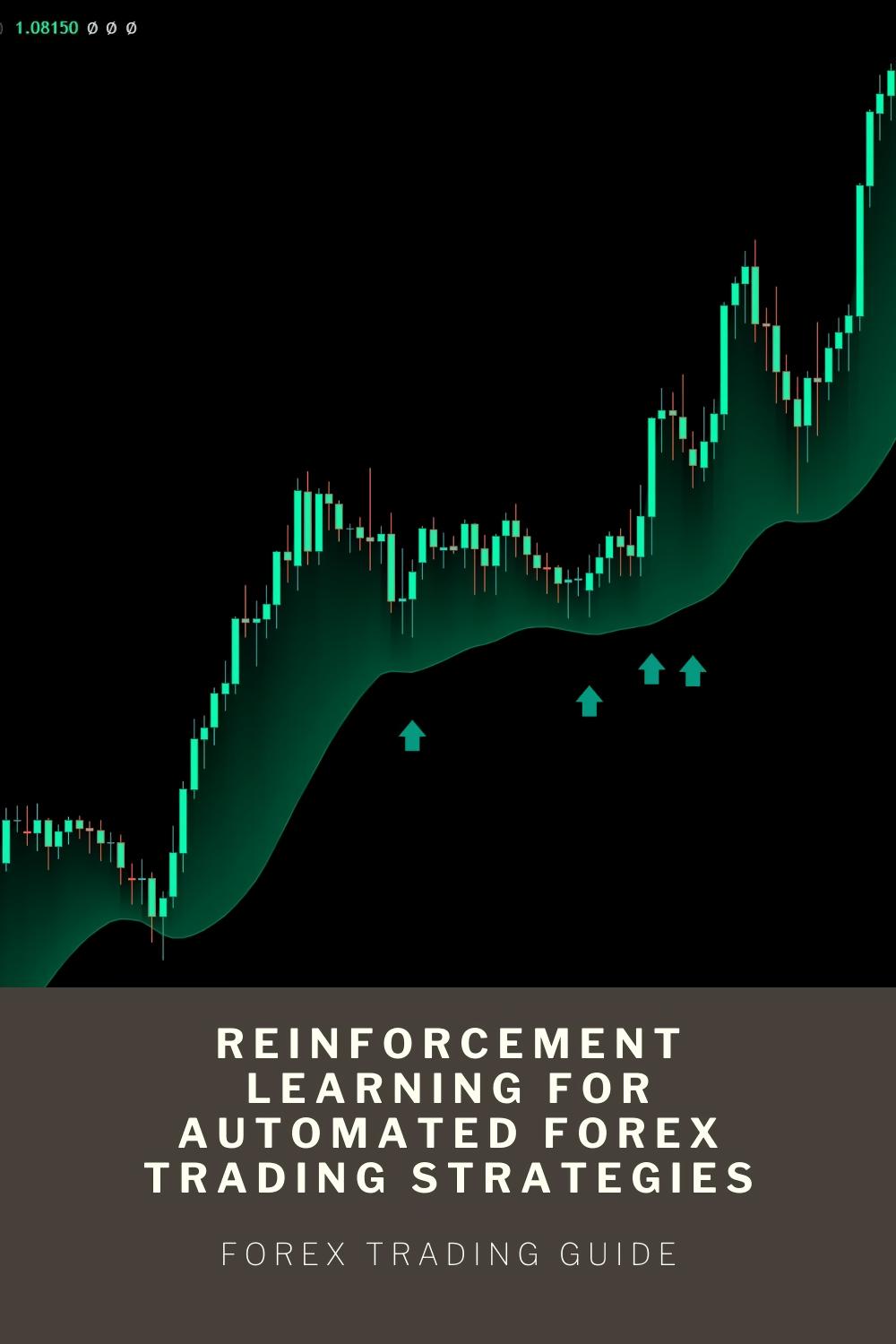Last Updated on March 24, 2025 by Arif Chowdhury
The Game-Changing Intersection of AI and Forex 🚀
I’ve been in the trenches of forex trading since 2015.
Let me tell you something straight: the market doesn’t care about your feelings.
It doesn’t care about your hopes.
It only respects one thing: a winning strategy.
And that’s where reinforcement learning comes in.
Not just another buzzword – it’s a legitimate game-changer.
In fact, algorithms using reinforcement learning have shown up to 37% higher Sharpe ratios than traditional trading methods in recent studies.
What Exactly Is Reinforcement Learning? 🧠
Think of it like training a dog.
You reward good behavior, punish bad behavior.
Except this “dog” is an algorithm that:
- Makes trading decisions
- Learns from market reactions
- Adjusts its approach continuously
- Gets smarter with every trade
It’s not magic – it’s mathematics at its finest.
Why Traditional Trading Bots Fall Short 📉
Most trading algorithms are built on static rules.
“If RSI goes below 30, buy.”
“If price crosses the 200 EMA, sell.”
But markets evolve. They shift. They transform.
Static rules eventually break.
Enter Reinforcement Learning: The Adaptive Edge 💪
Reinforcement learning doesn’t just follow rules – it creates them.
It identifies patterns humans can’t see.
It adapts when markets change their behavior.
According to a 2023 JP Morgan report, machine learning strategies outperformed traditional technical analysis by 22% during high volatility periods.
This is why I’ve developed 16 sophisticated trading bots across four major currency pairs.
Each bot is a learning machine that gets better every day.
Check them out for FREE at My EA Portfolio.
The Core Components of RL Trading Systems 🛠️
1. The Environment
This is the market itself – price movements, volume, volatility.
2. The Agent
Your algorithm that observes the environment and makes decisions.
3. Actions
Buy, sell, hold – the possible moves your agent can make.
4. Rewards
Profit and loss – how your algorithm knows if it’s winning or losing.
How I Built My Reinforcement Learning Trading Empire 📊
When I first started, I was glued to screens 14 hours a day.
Now my algorithms do the heavy lifting.
Each of my 16 bots works on the H4 timeframe, targeting substantial 200-350 pip movements.
Why H4 charts?
They filter out the noise.
They catch the meaningful moves.
They give the algorithm time to think, not just react.
I’ve backtested these systems across 20 years of market data – including crashes, booms, and everything in between.
The Multi-Layered Diversification Advantage 🌐
My approach isn’t about having a single super-algorithm.
It’s about having 16 specialized ones:
- 4 algorithms for EUR/USD
- 4 algorithms for GBP/USD
- 4 algorithms for USD/CHF
- 4 algorithms for USD/JPY
Each algorithm is internally diversified to avoid correlated losses.
When one zigs, another zags.
The result? More consistent profitability with dramatically reduced drawdowns.
Getting Started With Your Own RL Trading System 🚦
Step 1: Data Collection
You need high-quality historical data – garbage in, garbage out.
Step 2: Feature Engineering
Transform raw price data into meaningful indicators.
Step 3: Model Selection
Choose the right reinforcement learning algorithm (DQN, PPO, and A2C are popular choices).
Step 4: Training
Let your algorithm learn from historical data through thousands of simulated trades.
Step 5: Validation
Test on out-of-sample data to ensure it’s not just memorizing past patterns.
Step 6: Live Trading With Small Size
Start small, let the algorithm prove itself in real conditions.
Why Broker Selection Matters 🏦
Even the best algorithm can’t overcome poor execution or high fees.
I’ve personally tested dozens of brokers to find those offering:
- Lightning-fast execution
- Competitive spreads
- Reliable platforms
- Strong regulatory protection
For my top-recommended forex brokers, visit My Trusted Broker List.
The Reality Check ⚠️
Reinforcement learning isn’t a magic money printer.
It requires:
- Significant computational resources
- Programming knowledge
- Statistical understanding
- Realistic expectations
But for those willing to invest the time and resources, the rewards can be substantial.
Final Thoughts 💭
The future of trading isn’t human vs. machine.
It’s human + machine vs. market.
My journey from manual trader to algorithm developer has transformed not just my results, but my entire relationship with the market.
Whether you’re looking to build your own systems or leverage professionally developed ones, reinforcement learning represents the cutting edge of algorithmic trading.
And remember – you can access my entire portfolio of 16 battle-tested algorithms completely FREE at My EA Portfolio.
Because sometimes the best trades are the ones you never have to make yourself.
